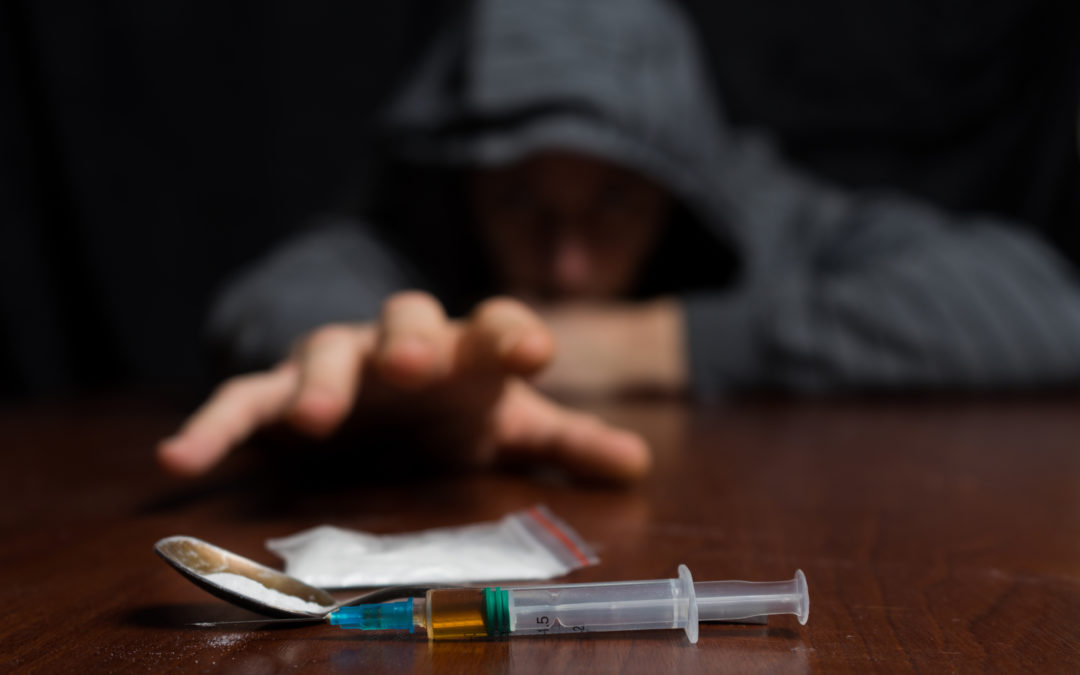A common misconception is that heroin intervention is a last resort, or a heroin addict must hit rock bottom before a family intervention is organized. Factually this is not true because of the nature and make-up of the drug. According to the National Institute on Drug Abuse, repeated heroin use changes the physical structure and even physiology of the brain. The drug causes long-term imbalances in neuronal and hormonal systems that are not easily reversed. Heroin also produces profound degrees of tolerance and physical dependence. The rock bottom with heroin addiction is overdose, which is often fatal.
Many families also have a fear of confronting the person who is using heroin. Every scenario is different from the circumstances that led up to the person using heroin. However, there is typically a fear associated with confronting someone about their heroin use. Families tend to avoid stress, backlash, arguments, and anger, which is where enabling begins—because of the fear the family may not choose to pursue a heroin addiction intervention. Unfortunately, heroin addiction progresses quickly, especially at a young age. The age of initial heroin use determines the severity of the addiction. Early-onset of regular heroin use in the early twenties is associated with more rapid progression, per a journal article published in Addictive Behaviors.
How to Help Someone Addicted to Heroin
Helping a heroin addict begins with holding a heroin intervention and taking control of the situation. Heroin is powerfully addictive and challenging to stop using. In 2023, about 660,000 people in the U.S. reported using heroin, and 587,000 had a heroin use disorder. These numbers show that nearly everyone who uses heroin develops an addiction, highlighting the importance of intervention and treatment.
Many young people begin smoking or snorting heroin due to fear of injecting the drug. The increasing purity of heroin makes snorting or inhaling the drug a realistic alternative to injecting. The addictive effects of heroin can be obtained by smoking the drug, although smoking heroin is a less efficient route of administration. Intravenous heroin use is still the most widely used method if using heroin. Helping a heroin addict begins with intervening early and not allowing the addiction to take control. Heroin intervention is crucial because it places the control back in the hands of the family. Hiring a professional interventionist is the most successful route when organizing a family intervention.
How to Hold an Intervention for a Heroin Addiction
The first step is choosing an interventionist who will be the right match for your situation. It is essential to feel comfortable with the person you are working with as you are sharing intimate details with this person. It is also crucial to work with a certified interventionist who has experience dealing with heroin addiction. Interventionists are experts in addiction and spend a significant amount of time working with the family planning the intervention. The interventionist also helps the family decide who should be at the meeting, where and when it will take place, and how to get the drug-addicted person there.
Most interventionists work with preferred addiction treatment centers, which they know are a good match for the addict’s needs. However, they also help families locate and vet treatment programs if it was one that the interventionist did not recommend. During the intervention, someone with a heroin addiction may act out and become angry or even physical. The interventionist is there to mitigate these issues and keep the family on track. Post-intervention and upon successful completion of an intervention, the professional interventionist escorts the individual to treatment. Also, there is constant guidance provided to the family while their loved one is attending therapy.
Why Heroin Intervention is Important
It is the initial fear of the confrontation that prevents many families from organizing a heroin intervention. However, an intervention for heroin addiction is crucial because there is a small window of sobriety. Heroin addiction creates a significant physical dependence causing painful withdrawal symptoms. What this means is that a heroin addict must keep using the drug to avoid withdrawal discomfort. Professional interventionists know what to expect and are aware of the brief window of opportunity to perform the intervention while the heroin user is sober.
Timing is crucial because there is also a small window of opportunity do get the individual to detox. When the withdrawal symptoms begin, panic sets in that may lead to the individual wanting to leave and not go to treatment. Professional interventionists are aware of all possible scenarios because experienced interventionists have seen this before. Overcome that initial fear and contact a professional interventionist because heroin intervention works. An addiction involving opiates becomes progressively worse and more dangerous to stop without medical help. Professional heroin intervention is the first step to take, and there is no wrong time to organize a family intervention.
Sources Cited:
https://www.ncbi.nlm.nih.gov/pmc/articles/PMC5541382/
https://www.drugabuse.gov/publications/research-reports/heroin/what-are-long-term-effects-heroin-use

